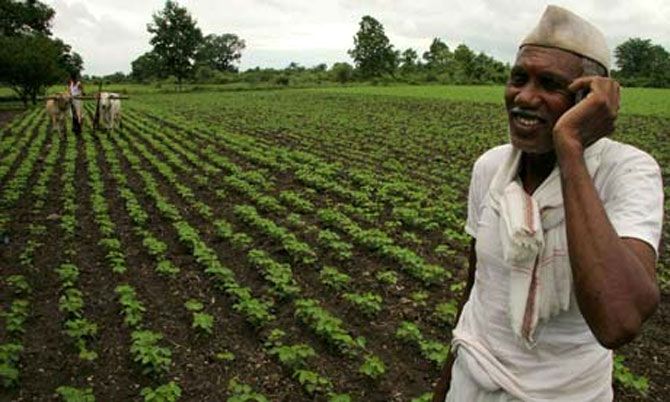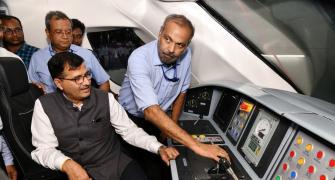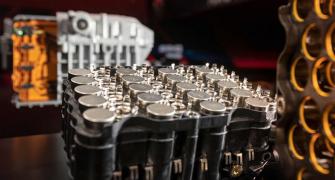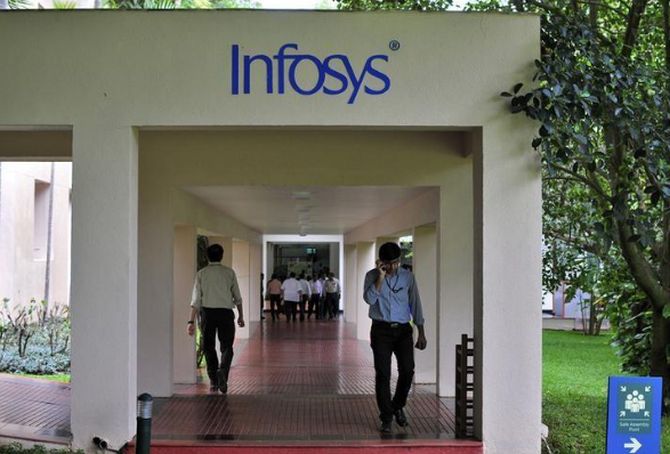On the flipside, since 60-70 per cent of the costs pertain to raw material, which are mostly imported, currency fluctuation is a key risk for the segment.

Small and medium enterprises (SMEs) are making their presence felt in the electronics market as the mobile manufacturing segment sets a scorching pace of growth.
In fiscal 2018, the electronics sector is estimated to have seen its revenue jump 21 per cent year-on-year to Rs 3.86 trillion.
That growth rode on a 45 per cent-plus spurt in the mobile phone manufacturing segment, which constituted about 34 per cent of the total market.
SMEs accounted for nearly a third of the electronics sector revenue pie, with a varied share in different segments.
To be sure, SMEs have a huge presence in the assembly of mobile phone components, and provide customised offerings in other segments.
These units are usually clustered around electronics hubs such as Bengaluru and Delhi-NCR, which constitute more than 20 per cent of the total output of the industry.
Favourable government policy is expected to fuel growth further, with the ongoing phased manufacturing programme aiding the development of the segment.
The programme provides a road map for in-house manufacturing of mobile components by imposing higher basic customs duties (of 10-15 per cent) on the import of mobile components in a phased manner till fiscal 2020.
This will help SMEs move up the value chain in the electronics sector.
The government has deferred the imposition of basic customs duties which were planned from February 1, 2019, on key mobile handset components such as LCD displays, touch panels and vibrator motors.
CRISIL Research is of the view that the deferment will provide players time to develop a favourable ecosystem for local manufacture of such components.
On the flipside, since 60-70 per cent of the costs pertain to raw material, which are mostly imported, currency fluctuation is a key risk for the segment.
Besides, the industry is characterised by short product lifecycles, with high levels of obsolescence.
This entails continuous investment in technology and process upgrade, along with investment in research and development, to remain competitive.
Photograph: Krishnendu Halder/Reuters










